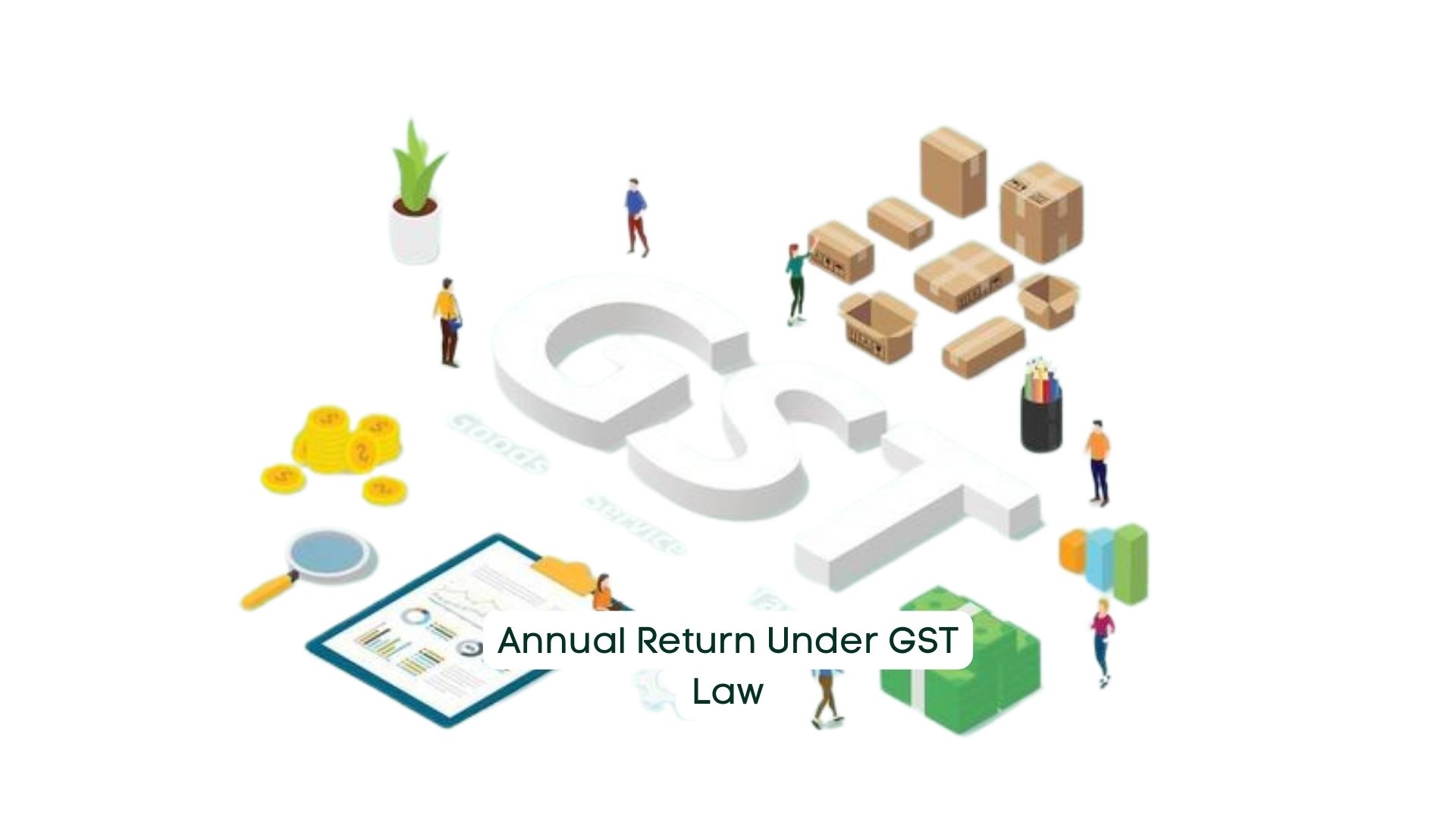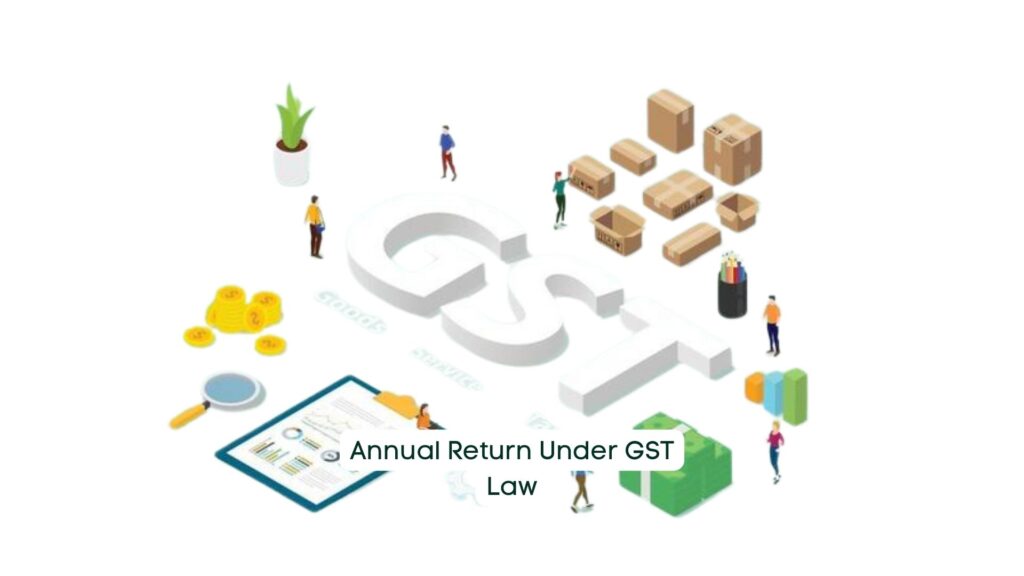
24 Feb Annual Return under GST Law

The format of the Annual Return, as outlined in the GSTR-9 form, was a comprehensive document where transactions from previous years had to be reported. The discussion revolved around the annual return under the GST Law.
What was the annual return for GSTR-9?
GSTR 9 was an annual refund that had to be submitted yearly by taxpayers registered under GST. Key points discussed were:
- It contained information on both external and internal assets generated or acquired during the relevant financial year under various tax categories such as CGST, SGST & IGST, and HSN codes.
- It aggregated all monthly/quarterly annual returns (GSTR-1, GSTR-2A, and GSTR-3B) filed for that year. Despite its complexity, this reimbursement contributed to comprehensive and transparent data recovery.
Who had to file GSTR-9, the annual return?
All taxpayers registered under GST had to submit their GSTR 9. However, the following were exempt from filing GSTR 9:
- Taxpayers opting for the composition scheme (Required to file GSTR-9A)
- Taxable Persons
- Input service distributors
- Non-resident taxpayers
- Persons subject to TDS under section 51 of the CGST Act.
What details were required to complete GSTR-9?
The GSTR-9 form was divided into 6 parts and 19 sections. Each section requested information readily available on pre-installed returns and account books.
- Generally, the form requested disclosure of annual sales, differentiating between tax-free and non-tax-free debts.
- On the purchase side, it presented the annual value of internal assets and the available Input Tax Credit (ITC).
- These purchases needed to be categorized as inputs, input services, and capital goods. Details of ITCs to be deferred due to non-compliance were included.
Annual Return under GST Law if filed late:
Return filing was mandatory under GST. Even if no transactions were conducted, the return had to be filed. It was noted that:
- Refunds couldn't be claimed if previous/quarterly returns were not filed.
- Consequently, late filing of GST refunds would result in severe fines and penalties.
- The late payment fee for GSTR-1 was included in the GSTR-3B and had to be completed as soon as possible after such a delay.
Interest and Penalties as late fees:
Interest was charged at 18% per annum, calculated by the taxpayer on the remaining tax due. Late payment penalties were Rs. 100 per day per Act under CGST and SGST, totaling Rs. 200/day, with a maximum cap of Rs. 5,000. No separate late payments were specified under the IGST Act. However, for GSTR-1 and GSTR-3B, the late payment amount was reduced to Rs. 50/day (Rs. 20/day for Nil filing).
Types of Annual Return under GST Law:
Filing the annual GST return was categorized into three types based on the form to be filed:
- GSTR 9 Form: Mandatory for businesses with profits exceeding Rs. 2 crore annually.
- GSTR-9A Form: Required for registered taxpayers opting for the GST Composition scheme.
- GSTR-9C Form: Meant for filing a taxpayer reconciliation statement for a specific financial year. This form reconciled the Annual Returns on GSTR-9 with the figures in the audited financial statements of taxpayers.
What was the deadline for filing GSTR9?
According to the 37th GST Council Meeting, GSTR-9 for the 2018-2019 financial year had to be filed by November 30, 2019. The deadline for submission was no later than December 31 of the following year. For instance, if filing GSTR-9 for 2019, it had to be filed by December 31, 2020.
Legal provisions for filing GST Annual Return:
Legal provisions concerning filing the annual return, known as GSTR-9, were governed by section 35 (5) and section 44 (1) of the CGST Act. It was required that:
- Every registered person file the annual return for each financial year electronically through Form GSTR9 by the 31st of December after the end of that financial year.
- Those with turnover beyond the prescribed limit (Rs. 2 crore) were required to have their accounts audited by a chartered or cost accountant and submit a reconciliation statement (GSTR-9C) along with other documents.
Conclusion:
In conclusion, GSTR-9C applied to taxpayers necessitating an annual GST audit of their accounts, to be prepared and confirmed by a Chartered or Cost Accountant. Taxpayers with profits exceeding ₹ 5 crores had to submit a reconciliation statement in the form of GSTR-9C. However, a notice from the Central Board of Indirect Taxes and Customs (CBIC) amended the rules, allowing taxpayers with profits exceeding ₹ 5 crores to provide a self-certified reconciliation statement and annual return, instead of a certified statement from a CA.


No Comments